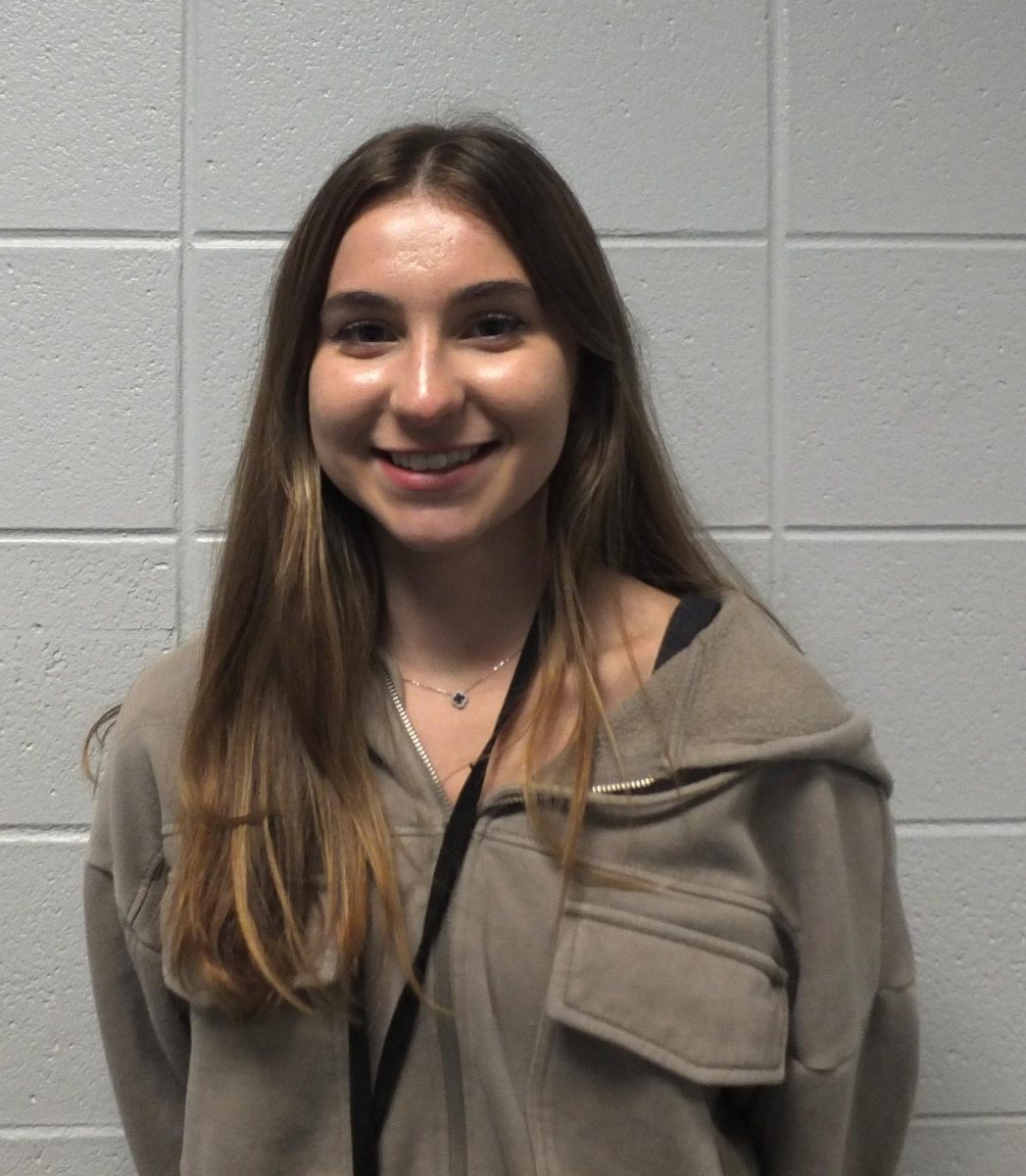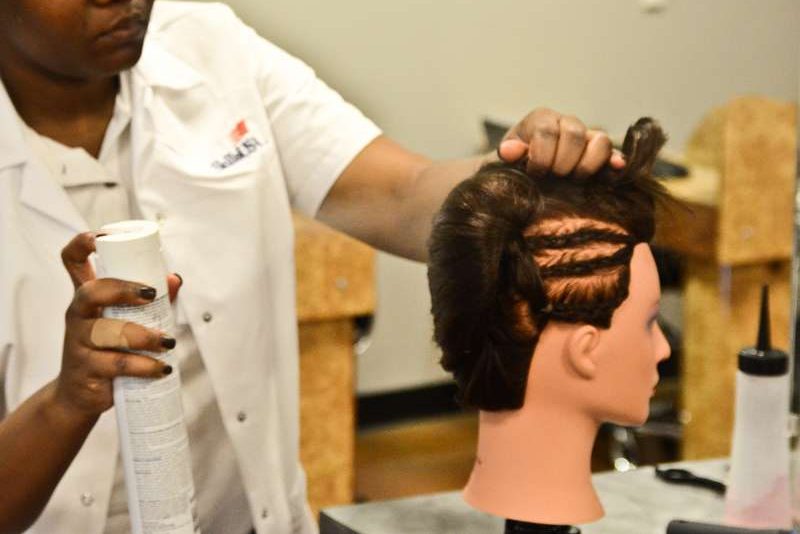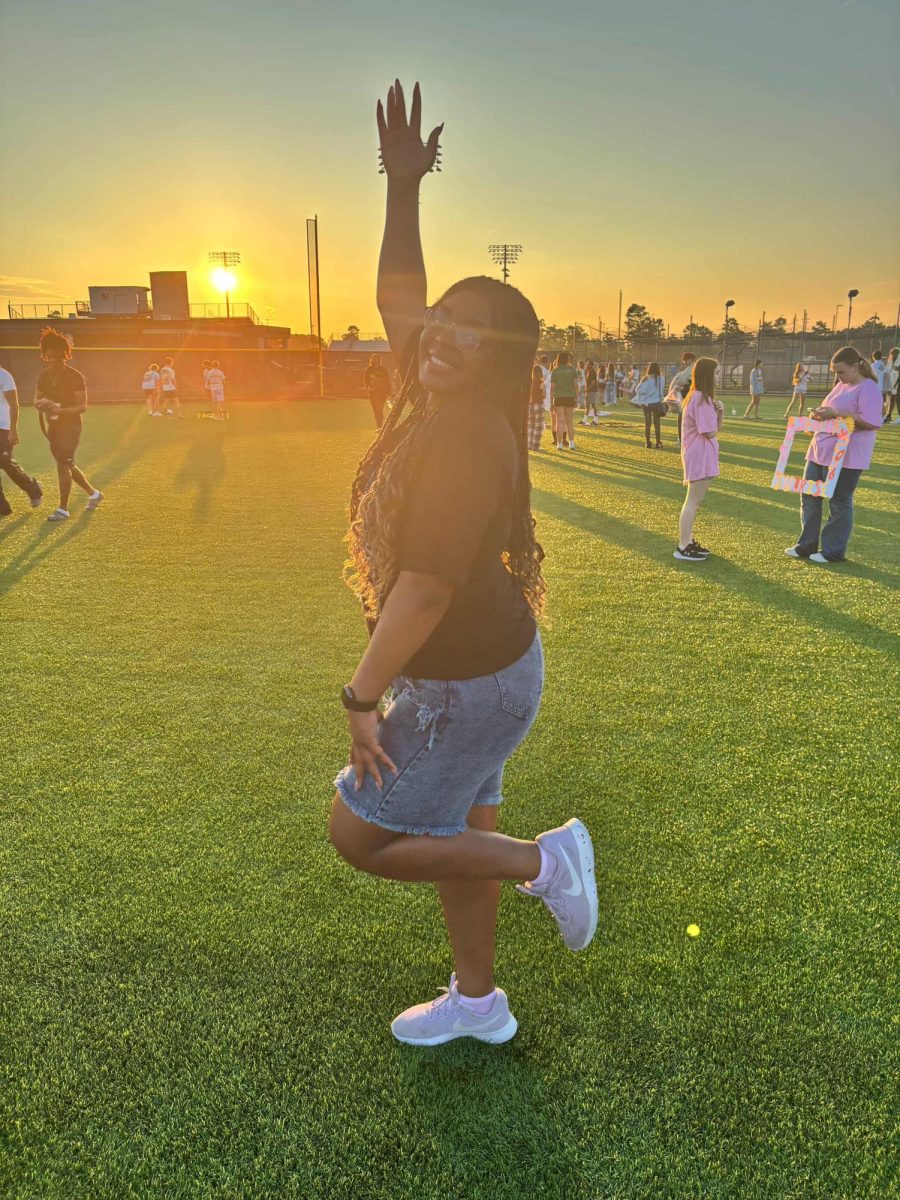A 2,000 pound bull thrashes and throws the 185 pound cowboy to the ground. After being beaten and bruised, the cowboy has to get up to do it all over again in the next rodeo. Even a cowboy would have a hard time doing his job without the help of an athletic trainer such as assistant principal David Chaney. Outside of his job on campus, Chaney works as an athletic trainer at events in the Houston area such as rodeos and sports camps.
Starting out in college at Texas A&M to be a dentist, Chaney discovered athletic training through a friend.
“I have always been interested in medicine,” Chaney said. “I grew up in a small town where many basic medical necessities were hard to access. During my sophomore year, [being a dentist] just didn’t seem for me. A friend of mine was an athletic trainer. He started talking to me about traveling with teams for different sports. I talked to the head trainer at A&M to see if I could get a chance to work in the field.”
According to Chaney, he received a scholarship when he was a junior in college for athletic training, which accounted for approximately 25 percent of his tuition. He said he had interest in the rodeo because it was a part of his life while he was growing up.
“I grew up in a small town, on a ranch and I had two uncles who were calf-ropers,” Chaney said. “A friend of mine knew a high-ranking official at Justin Sports Medicine, which is the company that works with the Houston Rodeo to provide medical care. I sent my resume in, and started out covering Houston. Now, I cover Goliad, Corpus Christi, a couple rodeos in Oklahoma, just whatever I get a chance to do.”
Chaney said his job at rodeos involves educating cowboys and giving them pre-event treatments, while he works at sports camps mainly to deal with emergencies.
“Rodeo is a different life style compared to other sporting events,” Chaney said. “[The riders] pay an entry fee, but they don’t get paid unless they finish in the top three. So, there’s never any down time for a professional cowboy, unless they’re hurt to the point to where they can’t continue. So, we do a lot of preventative treatment before the events and treatment on injuries from other rodeos.
According to Chaney, he worked as an athletic trainer for six years on campus before becoming an administrator.
“I had been looking for a change, mainly for my family,” Chaney said. “Being an athletic trainer is very time consuming. I am fond of the job as an administrator because it was a challenge. There are so many aspects to the job that were always changing. There was an opening that came up and I applied. Luckily Mr. Kirk had enough faith in me to let me have a chance. I love my job. It is never hard to balance school and athletic training. Klein Collins comes first, always. I typically only cover events when there is nothing pressing happening at school.”
Senior Stephen Carni, Chaney’s office aid, said he was surprised to find out Chaney still works as an athletic trainer outside of school.
“I knew he was an athletic trainer before he was an assistant principal but I didn’t know he still did it,” Carni said. “I like being an office aid for Mr. Chaney. I think Mr. Chaney is a nice guy and is friendly to everyone.”
Chaney said the most traumatic injury he has dealt with involved a cowboy’s thumb being amputated.
“The rider was thrown from his horse and the horse’s hoof landed on the rider’s left hand,” Chaney said. “I saw the cowboy lift up his hand without his thumb attached. It had the highest shock value of any injury I had ever seen.”
Many rewarding benefits come along with being an athletic trainer, Chaney said.
“My most memorable moment as an athletic trainer was when I was a senior in college,” Chaney said. “A&M had just beat Texas for the Southwest Conference championship and went to the Cotton Bowl. There were about 70,000 people at the game.





